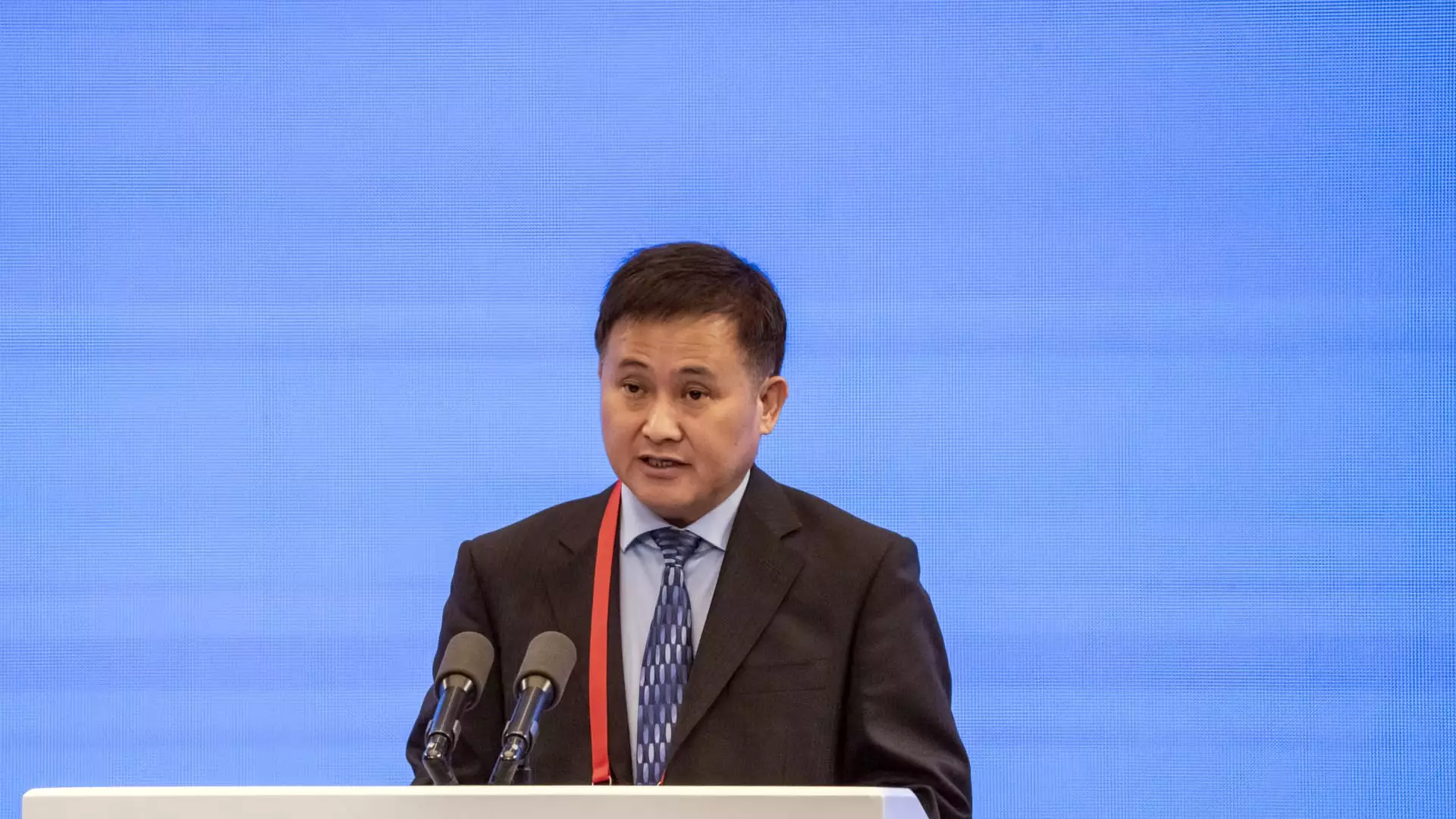China’s financial risks have decreased, according to Pan Gongsheng, the Governor of the People’s Bank of China. In an interview with state media, Pan mentioned that the overall risk level has significantly declined and highlighted the reduction in the number and debt levels of local government financing platforms. These platforms were initially created to enable local authorities to fund infrastructure projects, but they often relied on shadow banking for financing, leading to indiscriminate funding and increased debt burdens. Despite the improvements, the S&P Global Ratings analysts warned that LGFV debt still poses a significant challenge.
The report highlighted that over 1 trillion yuan of LGFV bonds are set to mature in the coming quarters, while debt growth continues at a high rate. This exacerbates the debt challenges faced by China, especially amidst slowing economic growth. With the economy growing by only 5% in the first half of the year, there are concerns about meeting the full-year growth target. The International Monetary Fund has stressed the importance of macroeconomic policies supporting domestic demand to mitigate debt risks.
According to the IMF report, small and medium-sized commercial and rural banks are considered the weak link in China’s banking system. Despite the number of high-risk banks decreasing, there are still concerns about their stability. These banks account for a significant portion of the country’s total banking assets, highlighting the importance of addressing their vulnerabilities to strengthen the overall financial system.
In the real estate sector, Pan pointed out that the mortgage down payment ratio in China has reached a record low of 15%, while interest rates remain low as well. The central authorities are assisting local governments in acquiring properties to develop affordable housing or rental units. This shift towards affordable housing reflects Beijing’s efforts to reduce reliance on real estate for economic growth and transition towards advanced technology and manufacturing sectors.
Pan’s comments come amid increased volatility in the government bond market, prompting the People’s Bank of China to make strategic adjustments to its monetary policy. The central bank decided to delay a rollover of its medium-term lending facility in favor of a capital injection through a 7-day reverse repurchase agreement. This move indicates a proactive approach to managing liquidity and supporting the financial system during uncertain times.
As China continues to navigate through financial risks and debt challenges, policymakers are focusing on addressing vulnerabilities in the banking system, reducing reliance on real estate for growth, and implementing supportive monetary policies. The evolving landscape of China’s financial sector requires strategic interventions to maintain stability and sustain economic growth in the long run. By acknowledging the existing risks and proactively addressing them, China aims to strengthen its financial resilience and adapt to changing global dynamics.

